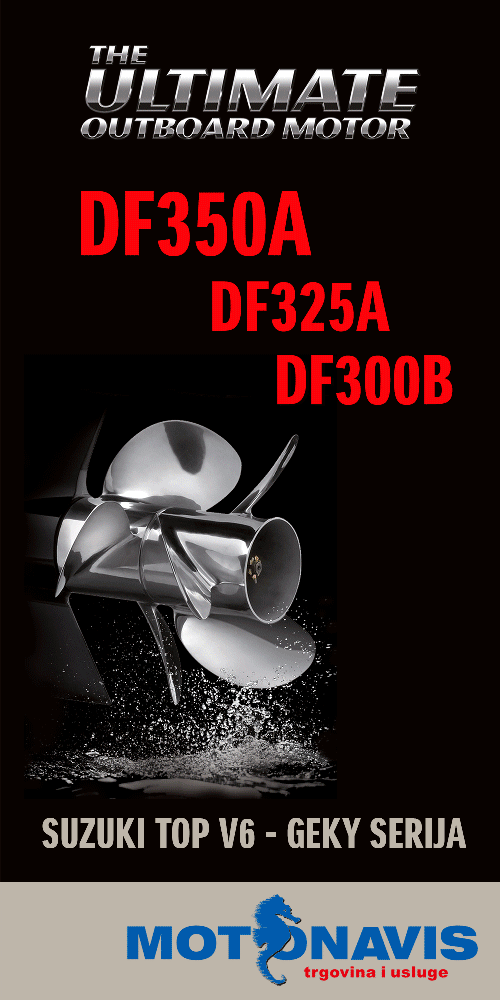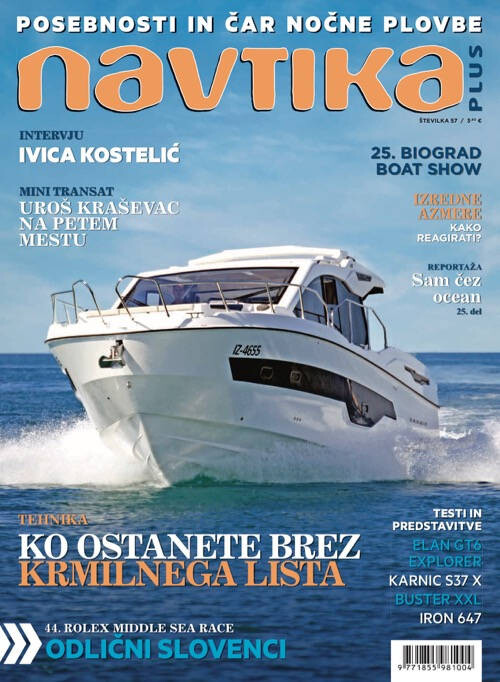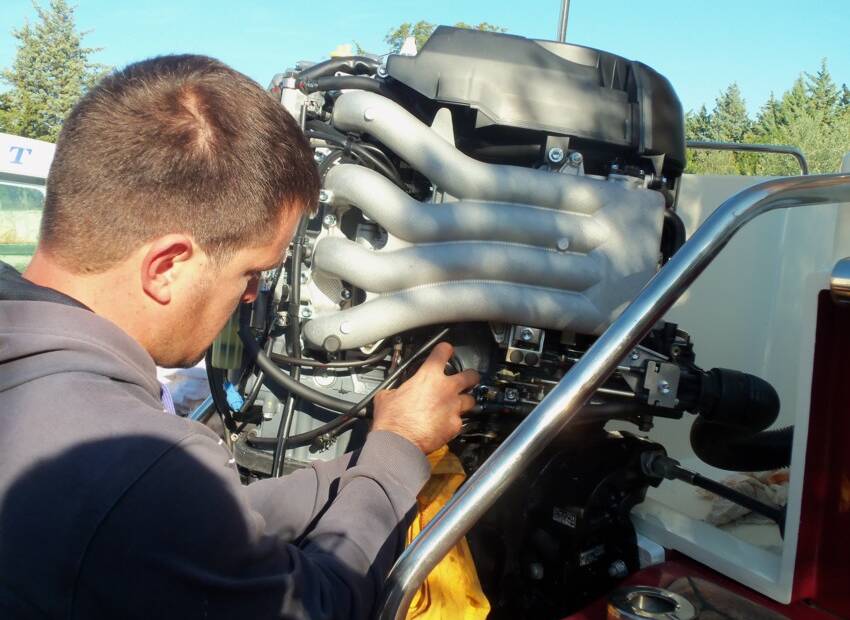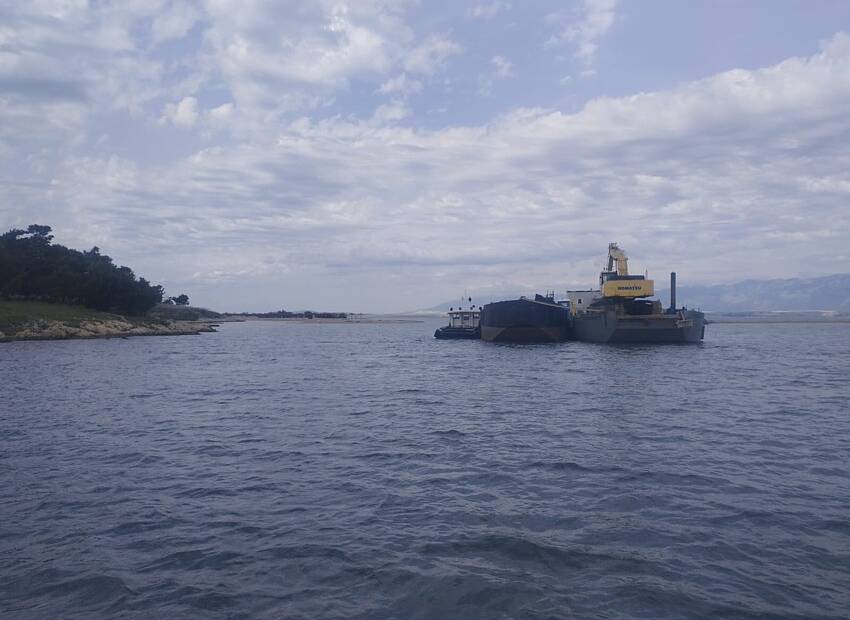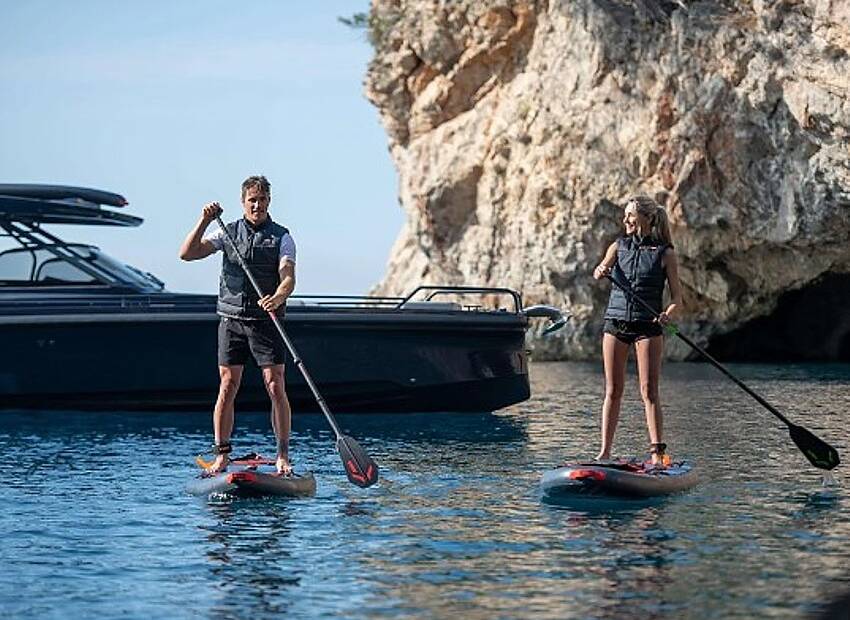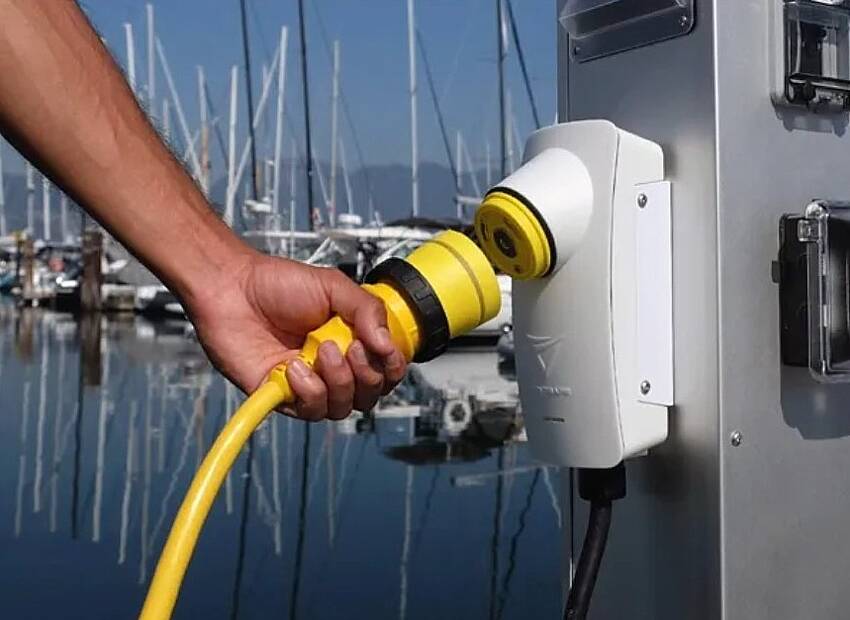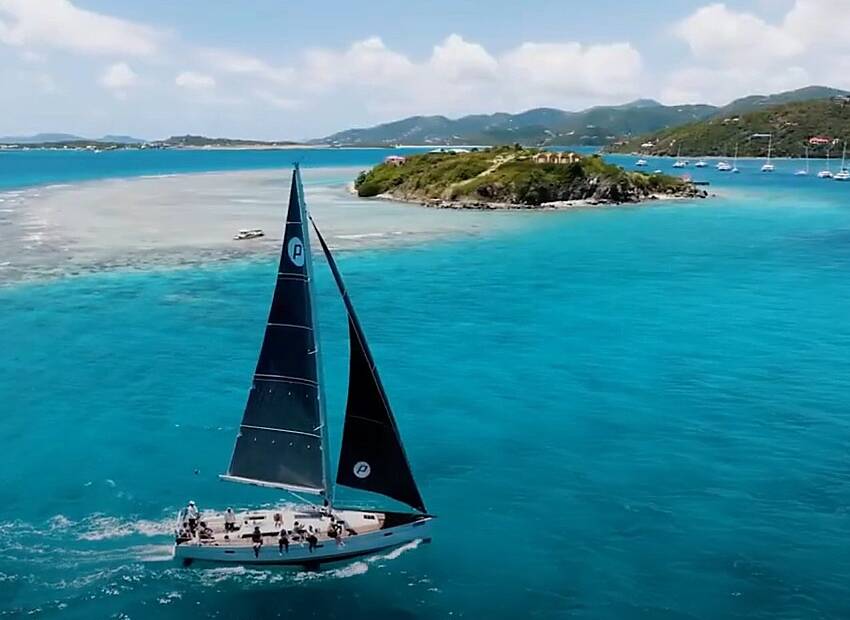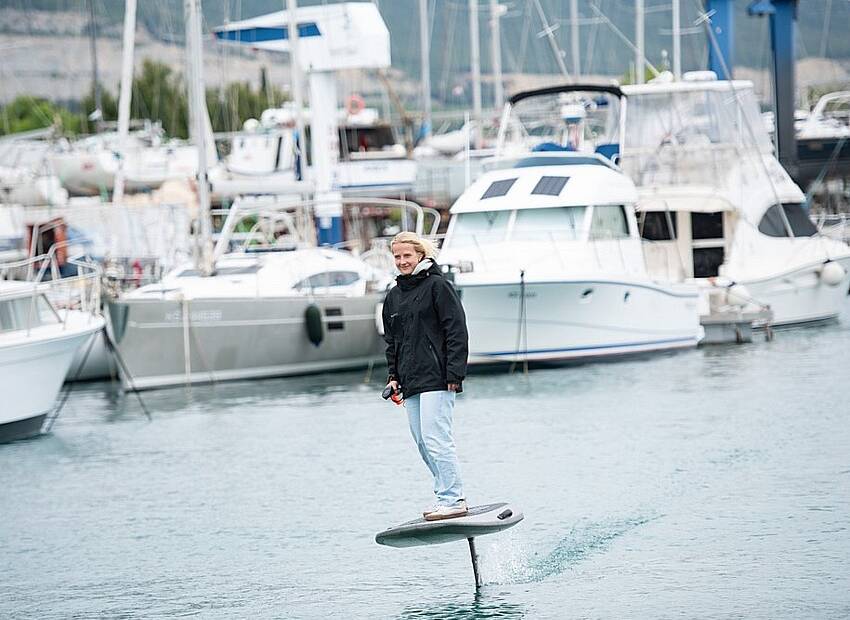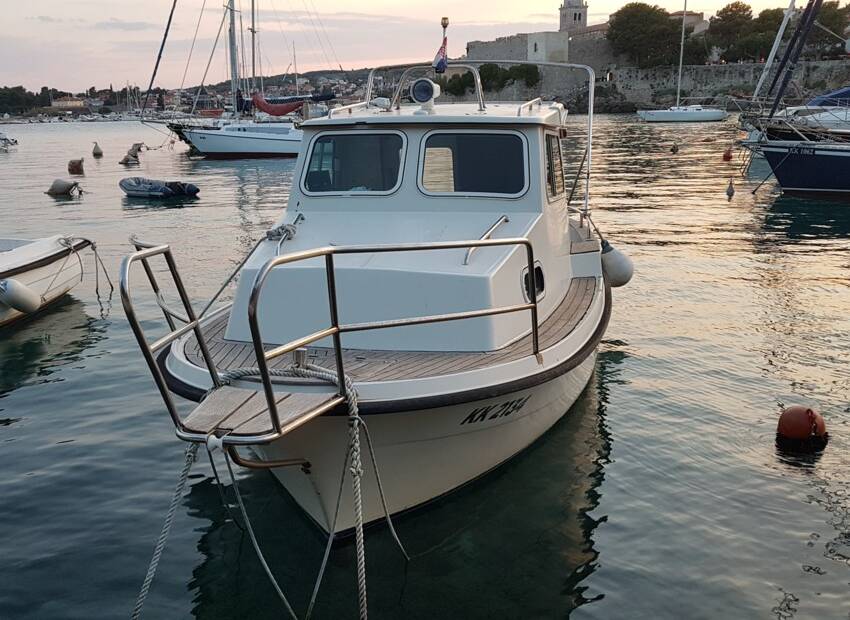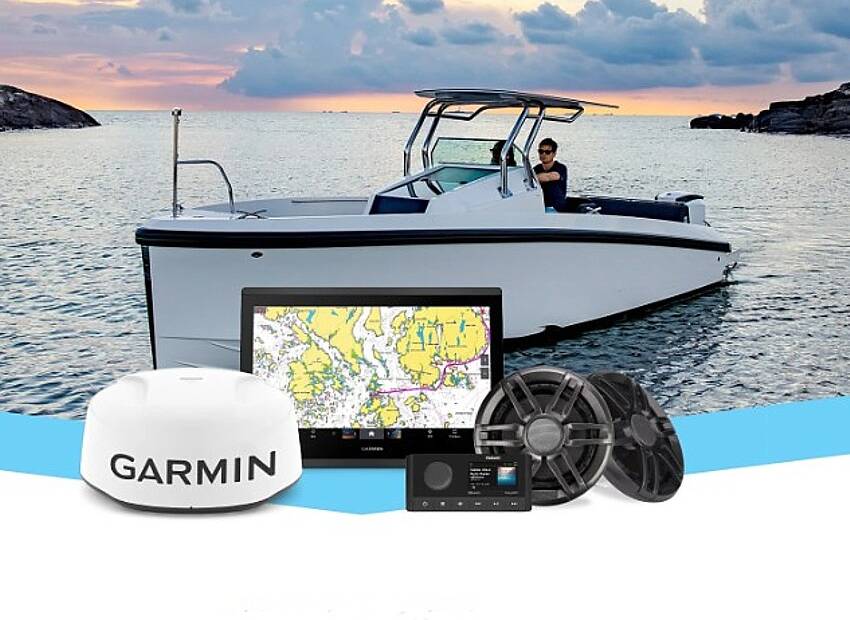Carbon monoxide (CO) can harm and even kill you inside or outside your boat!
Did you also know:
- CO symptoms are similar to seasickness or alcohol intoxication?
- CO can affect you whether you´re underway, moored, or anchored?
- You cannot see, smell, or taste CO?
- CO can make you sick in seconds. In high enough concentrations, even a few breaths can be fatal?
Most important of all, did you know carbon monoxide poisonings are preventable? Every boater should be aware of the risks associated with carbon monoxide - what it is; where it may accumulate; and the symptoms of CO poisoning. To protect yourself, your passengers, and those around you, learn all you can about CO. (read in nauCAT in the couple of endings instruction which has the USCG given to recreative boaters).
Within minutes harmful levels of CO may accumulate at swim platform
This is a Coast Guard Advisory to recreational boaters about Carbon Monoxide (CO) hazards related to the use of the boat’s stern shower when the engines or generator set are running. The Coast Guard advises owners and operators of boats not to use hand-held showers at or near the swim platform if either the gasoline-powered propulsion engine(s) and/or generator set are in use. The Coast Guard further advises that owners should never connect a hand-held shower system to the engine´s raw water open cooling system. The Coast Guard is concerned about the serious health risk from CO poisoning and seeks to prevent loss of life and personal injury.
The National Institute for Occupational Safety and Health (NIOSH) through various studies of CO exposure on Houseboats and Express Cruisers has identified health risks associated with a high level of exposure to CO at or near the swim platform from the engine(s) exhaust gases either stationary or underway. When the boat is stationary and the engine(s) and/or generator set are running, the CO buildup at the transom of the boat, on the swim platform, and around the rear deck space may be so high that it creates an imminent danger for anyone who remains in these areas for even a short period of time. The common practice of running the propulsion engine(s) to recharge the boat’s batteries or keeping the generator running to power air conditioning, entertainment centers, and electronic suites while moored or anchored increases the risk of CO poisoning among boaters.
Additionally, on some ski boats, owners have installed an aftermarket shower system directly into the boat’s engine raw water open cooling system. Up until last year there were instructions on the Internet informing boat owners on how to perform this installation. Upon the Coast Guard taking action and notifying the responsible organization of the safety risk associated with this type of installation, these instructions were removed from their website. The Coast Guard understands that many ski boats have been modified to incorporate this type of hand-held shower installation. The Coast Guard is advising boat owners of the safety risk and recommending that they disconnect any hand-held shower from the engine’s raw water open cooling system.
Previous carbon monoxide warnings and educational materials have concentrated on the hazards created by the exhaust of the main propulsion engines while underway. Although these dangers still exist, the Coast Guard is developing new educational materials to emphasize the additional hazards at or near the transom of the boat when operating a gasoline-powered propulsion engine(s) and/or generator set, especially while not underway. The Coast Guard warns all boaters that this is an extremely dangerous matter that could result in serious injury or death and advises all boat owners to heed this warning.
###
The U.S. Coast Guard is a military, maritime, multi-mission service within the Department of Homeland Security dedicated to protecting the safety and security of Americ





